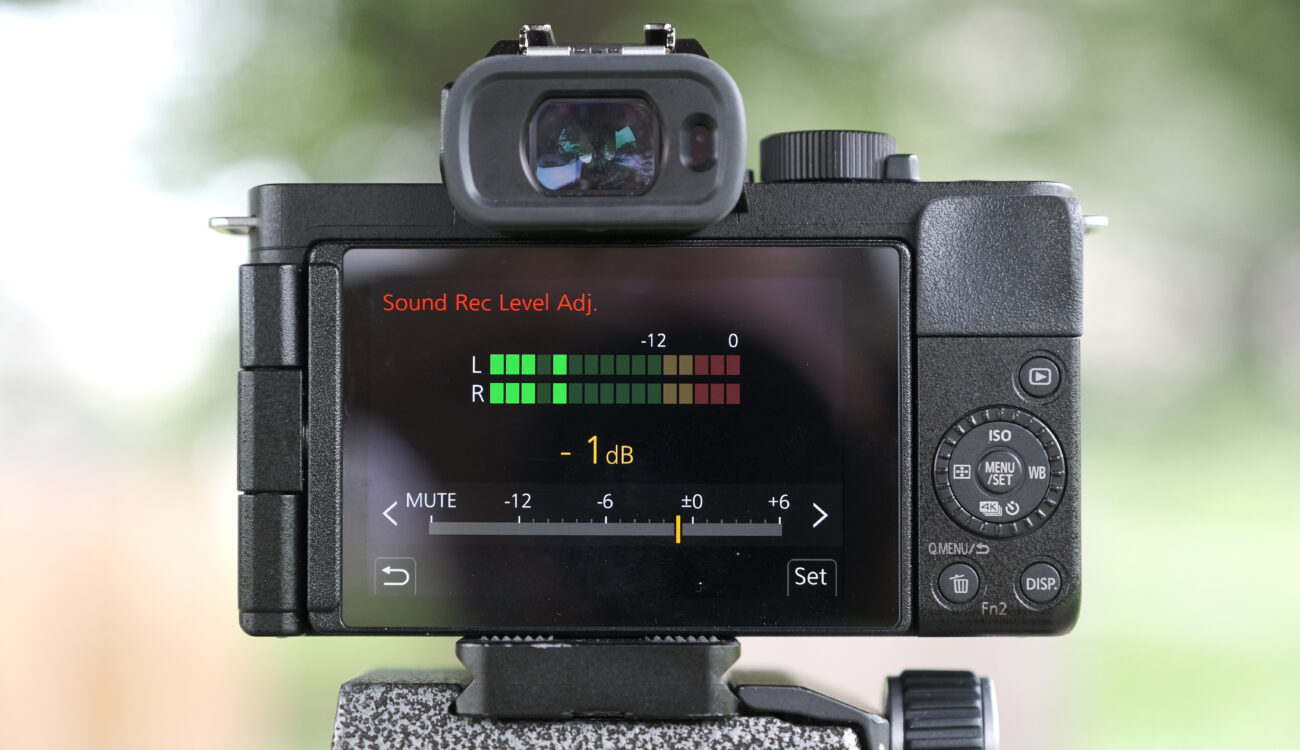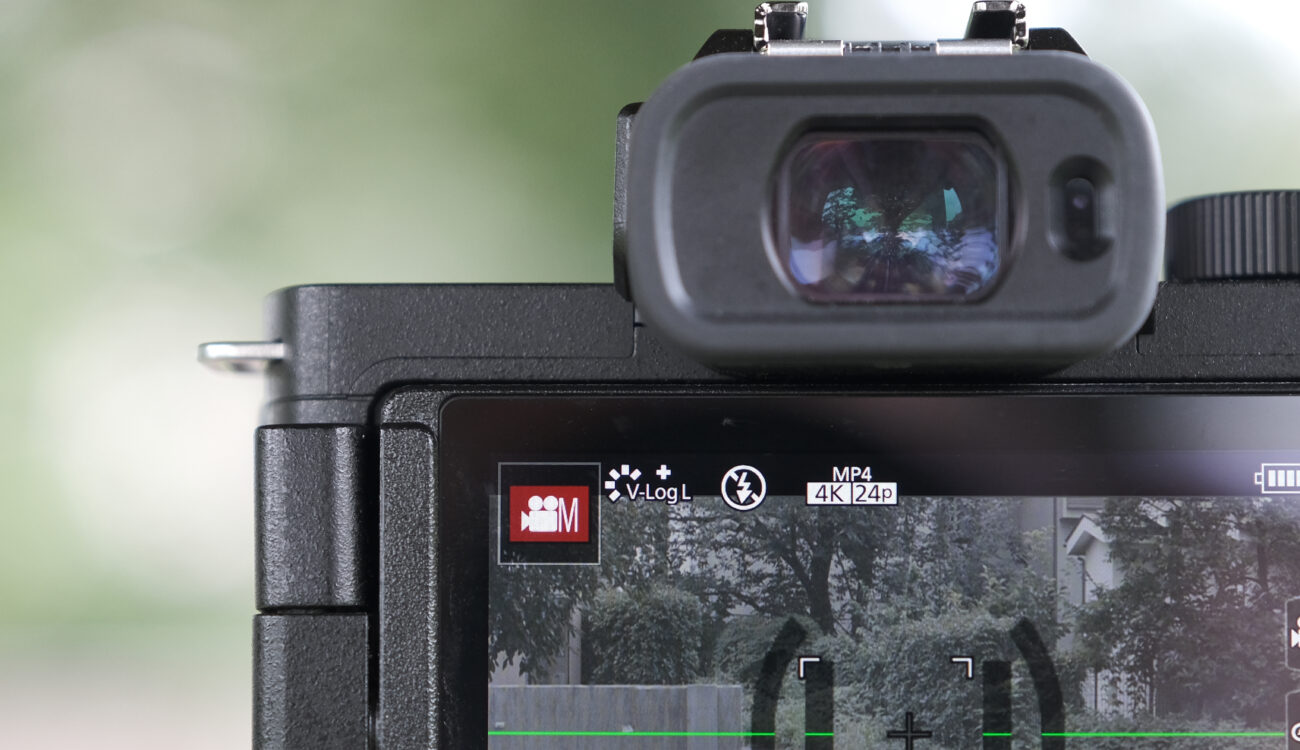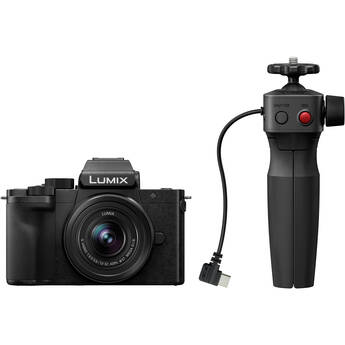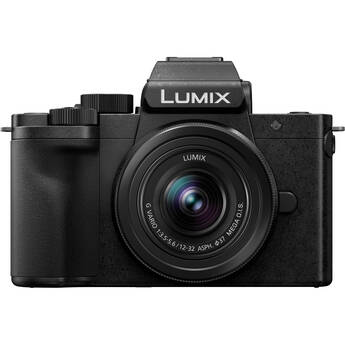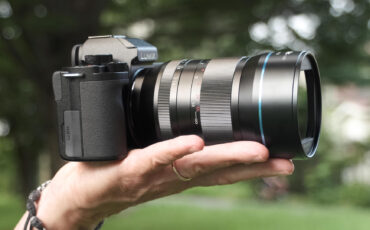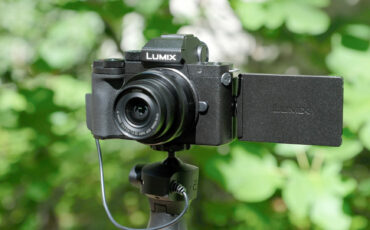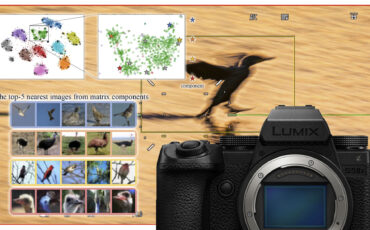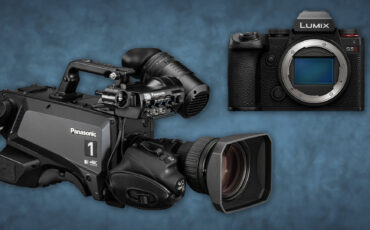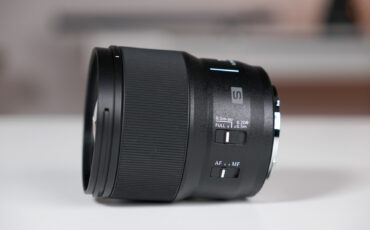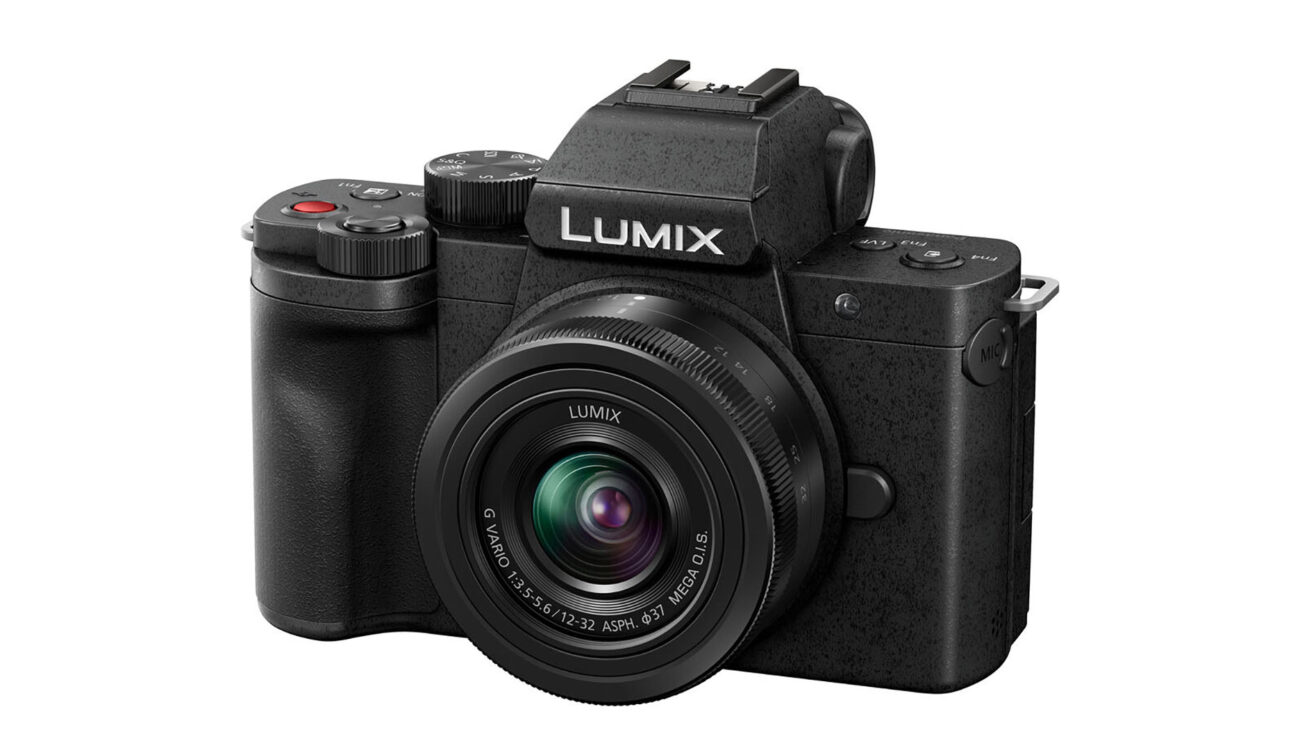
The LUMIX G100D, Panasonic’s Vlogger-oriented MFT camera, is now available outside the Japanese market. The new camera is an improved version of the LUMIX G100 which was announced back in 2020. The original camera was designed from the ground up to suit the needs of bloggers and content creators, this tiny camera combines some of Panasonic’s signature pro features with a simple, easy-to-use interface.
The Micro Four Third system has long been one of the most compact systems around. The smaller sensor enables smaller cameras to be built around it. Moreover, much smaller optics are required to cover such a sensor. Panasonic is one of the most prominent manufacturers in this field, producing dozens of cameras and lenses in recent years. Though potential compactness is among the key advantages of the mount, it seems like in recent years the company has leaned toward more robust designs. Cameras like the LUMIX GH6 and LUMIX G9 II are about as big as their full-frame counterparts. Professional lenses have also gotten much chunkier, as can be seen in the f/1.7 duo of LUMIX 10-25mm and LUMIX 25-50mm zooms. This doesn’t imply that the term “Micro” is no longer associated with Micro Four Thirds compactness.
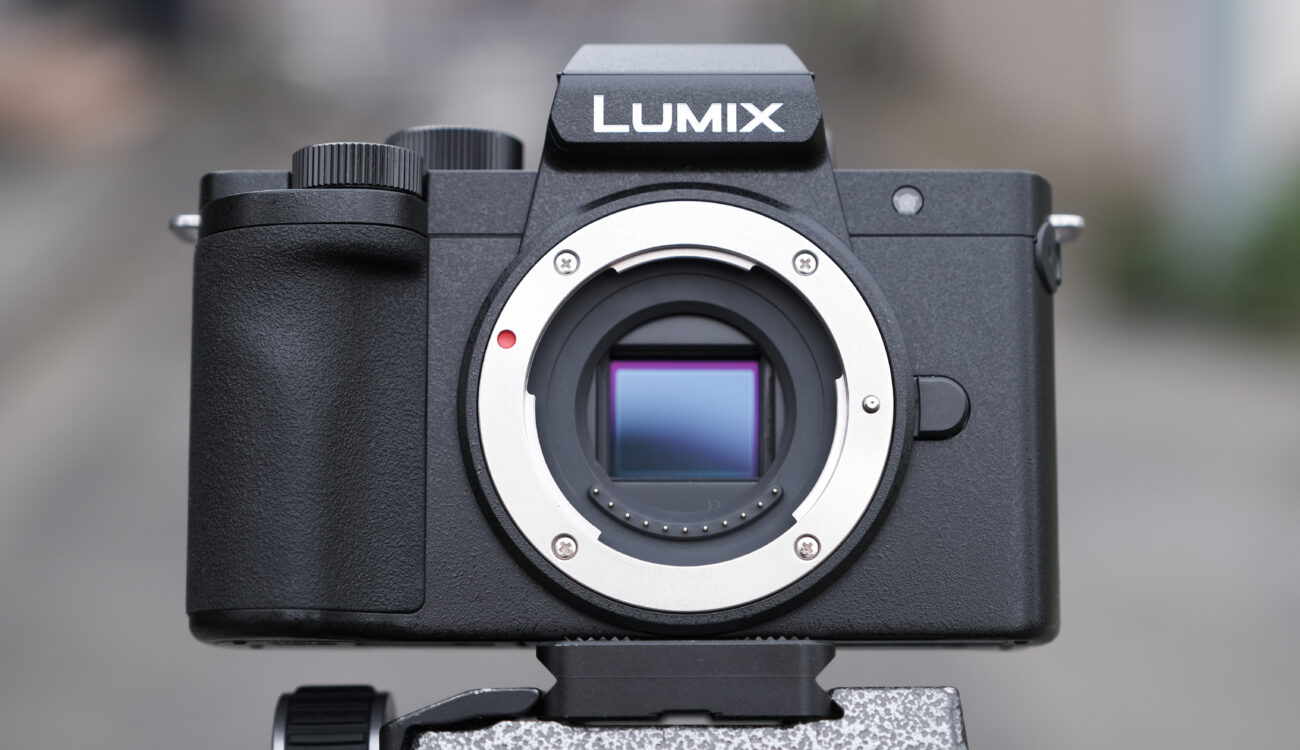
What’s new?
Not much has changed. The new LUMIX G100D will improve connectivity, swapping the rather dated USB 2.0 Micro B port with USB-C2.0 hardware. This will not affect data transfer speed since it’s still USB 2.0 but will play nicer with your current cable stock. The electronic viewfinder will replace the old 3.68 million dot LCD with a newer OLED unit. The resolution drops down to 2.36 million dots, and magnification is slightly better at x0.74 compared to x0.73. It’s hard to determine the effect of this change without reviewing the camera, but the resolution drop might not be that bad considering the unit’s size, and the move to OLED may improve the overall user experience.
Starting a Youtube Channel
What’s unchanged
The new LUMIX G100D is unchanged in most fields. The 20.3-megapixel Live-MOS sensor remains, and so does the processor. Image quality should not change at all and the camera can still produce the same slightly cropped 4K 30P as its top quality with FHD at 60P for slow motion. The LUMIX G100D can use the V-Log L profile, but bear in mind that the recording data rate runs up to 100Mbps at 4:2:0 8-bit depth when using this flat picture profile setting. Panasonic claims 12 stops of Dynamic Range when using this setting.
The original audio system is also unique. Dubbed “OZO audio”, it uses several microphone units to track sound sources around the camera. The system directional preference may also be manually set. You can read more about the original LUMIX G100 here.
Read before you buy
Affordability and compactness dictate some compromises. These are the most important in my opinion:
- Cropped 4K. As with other models using the same sensor, the 4K recording is slightly cropped.
- Electronic stabilization only. The smaller body leaves no room for an in-body image stabilizer (IBIS), which means additional cropping when in use, and would probably warrant a wider lens than the supplied 12-32 for “classic” wide-angle vlogging. The kit lens is optically stabilized though.
- No headphone jack.
- Battery life is on the low side since small bodies can only fit small batteries.
Who is it for
The LUMIX G100D, just like the G100, is aimed directly at bloggers and content creators. The attention to detail like high-quality tracking audio, straightforward operation, and overall compactness and ease of use make it a good choice for those fields. However, it doesn’t mean the camera can’t be used under different circumstances. This new LUMIX may be an excellent vacation camera. Affordable and compact, it can take decent stills and videos. The smart OZO audio system may prove useful for general family use, as well as low-budget independent filmmaking.
Alternatives
While the LUMIX G100 found itself in a relatively distinctive position, the LUMIX G100D faces a market that is considerably more saturated. Some capable competitors offer similar or better specs and a comparable price range. Sony’s vlogger-oriented ZV-E10 shares similar specs regarding video quality, but boasts a sensor twice as large and significantly superior autofocus. Its Kit lens provides a similar field of view but has a bonus in the shape of a power zoom (PZ) mechanism for a similar price tag. The Nikon Z30 does the same thing as the Sony ZV-E10 and will cost $747 bundled with a creator kit consisting of a RØDE Video Micro II, a remote controller, and a mini-tripod. Canon offers the EOS R50 with an RF-S 18-45mm f/4.5-6.3 IS STM lens for $750, and with a vlogging kit for an additional $100. To conclude – at the same price points, you can find several options with twice the sensor size, better autofocusing, and some other advantages.
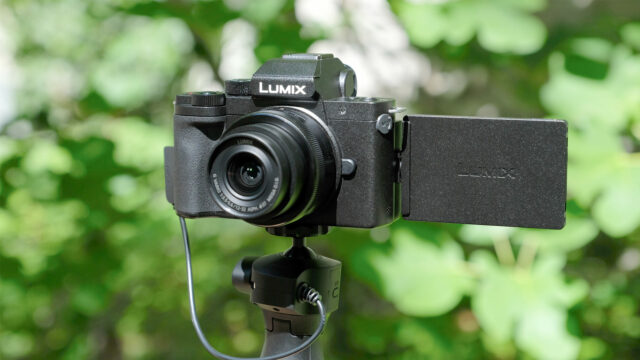
If you are quick to respond, you may also get the current discounts on the original LUMIX G100, which is now priced at around $550. And with a $200 discount, the lack of a USB-C and an OLED EVF might be forgiven.
Price and availability
The LUMIX G100D is priced at $750, the same as the original LUMIX G100 when it came out. It’s available now for pre-order. When bundled with the mini-tripod / grip handle, the price is slightly higher at $798.
Do you find this recent upgrade relevant to your work (or play)? Does the LUMIX G100D still hold its ground against its competitors? Let us know in the comments.



